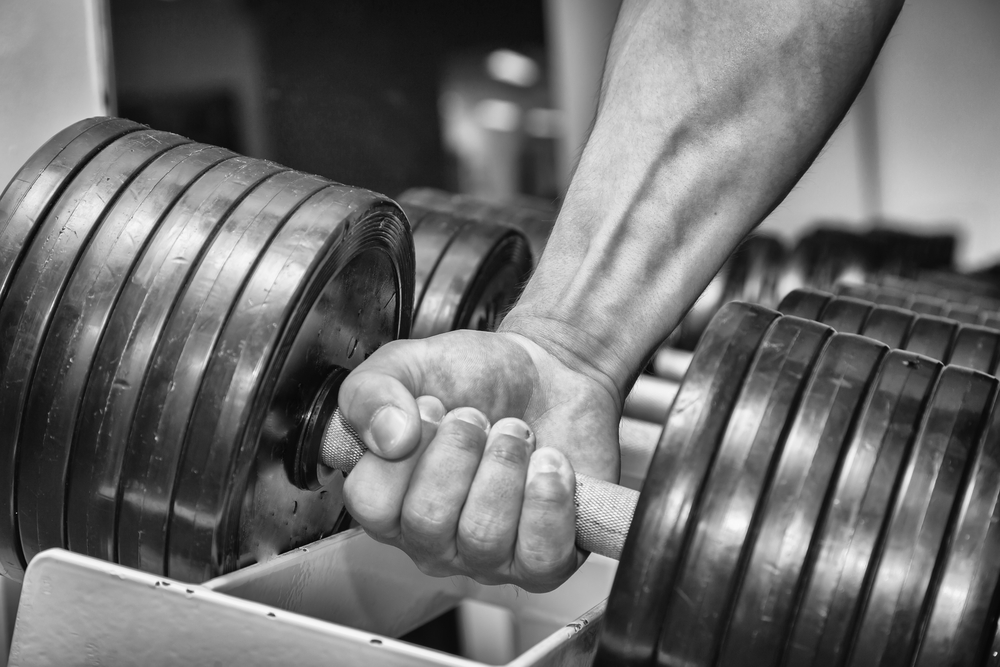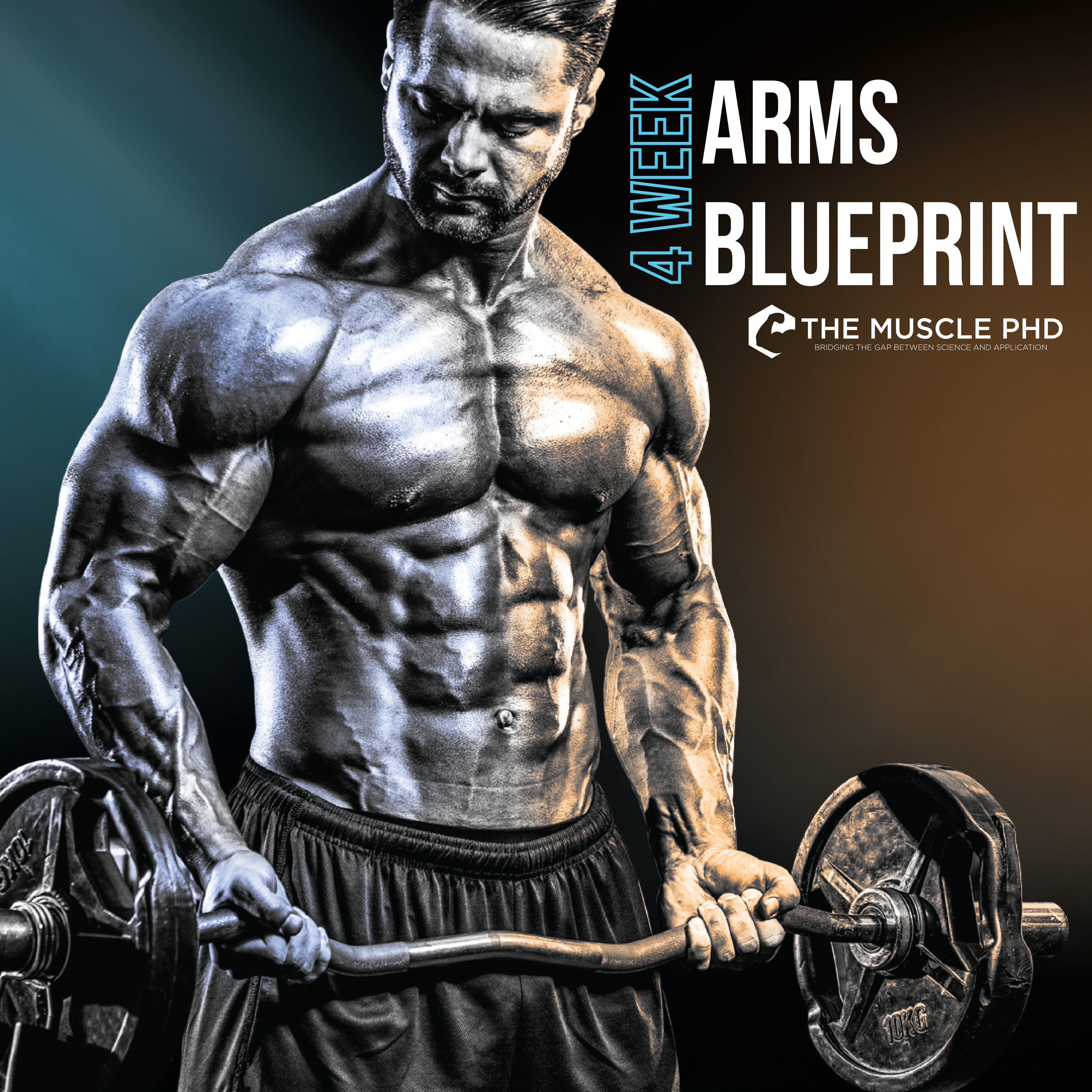Back when you got your first spark of passion for bodybuilding, you might have been watching these old-school contests where everyone had these thick, dense muscles that were unlike the average “buff” dude you see in the gym.
No, these athletes were dense. When Ronnie Coleman flexed in a contest, it looked like his muscles were flexing 50 times within every muscle group, that’s called density and thickness.
Or you look at the lat spread of Franco Columbu. His lats aren’t just wide, they’re dense wings. In fact, dense muscle has always been the defining feature of bodybuilding professionals.
Getting to the state where you can increase thick dense muscle is another problem entirely. These people didn’t get where they are by doing what the average gym-goer does–so how did they get that dense?
There’s a physiological attribute called packing density. Muscle fibers that are packed close together are able to exert more force and have a high packing density. What professional bodybuilders do is teach their muscles to exert more force. You’re about to learn the top three ways you can do the same.
1. Train for Strength

Training for strength is the foundation you need to develop thick and dense muscles. A lot of bodybuilders train 8-15 reps with short rest period lengths. That’s actually fun for bodybuilders and they enjoy having that pump with high volume.
However, you also need to have those days where you’re training extremely heavy with longer rest periods. For bodybuilders, training heavy means you’re lifting as heavy as you can for 4-8 reps.
If you’re going to be lifting heavy, the way to optimize your training for strength is to continue with that 4-8 repetition range and rest for longer periods of time, anywhere between 2-5 minutes.
That way, you’re lifting as heavy as you can and getting enough rest so that you can repeat that lifting process over and over again until you reach failure. However, we also mentioned that you need to increase new muscle fibers–so how can you do that?
2. Do Eccentric Overload Training
If you want to add new muscle fibers, you need to be doing exercises that create high muscle damage. What we recommend is doing eccentric overload training, or assisted eccentric loading exercises.
Say, you’re doing a bench press. On the way up, you can do your normal bench motion, but on the way down, you should have a gym partner push your bar all the way down while you’re lowering it.
That’s because technically, you’re not lifting as heavy as you can on the way down, so to add resistance, your partner can overload you eccentrically–that’s assisted eccentric loading.
Evidence shows that this technique is going to create a lot of muscle damage, as well as muscle fiber splitting, which will cause new muscle fibers to form. That’s exactly what you need in order to have more of that dense, thick look.
3. Train Using Compound Movements
You’ll never develop thick muscles by training the same way an amateur does. You should focus on using compound movements in your training.
Classical bodybuilders who specialize in thick muscles all did one thing in common: they did deadlifts, squats, bench press, and turned the basic compound movements into their own art. If you’re going to follow in their footsteps, you’ll need to learn to love doing these exercises, since you’ll be doing a lot.

Sure, you can definitely do some leg presses and cable crossovers. However, you’re never going to get that herculean look unless you train using compound movements. You need to add these exercises to your training list: squats, military press (standing or sitting), and deadlifts.
You also need to continually and progressively overload these movements. So, if you’re a bodybuilder, work on your 5rm, and if you’re doing bench press, try and move your 5rm up in weight. Do the same thing with your squats and deadlifts–just keep progressing and you’ll develop heavy slabs of muscle in no time.
We hope this article helped you understand the three best ways to increase thick dense muscle. We’ll see you again next time!









